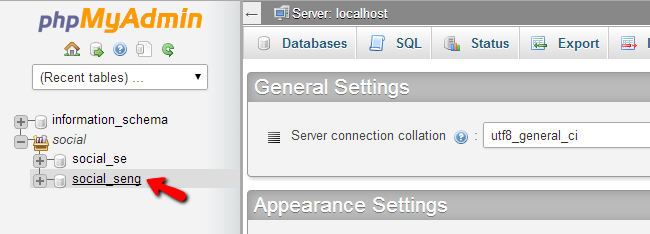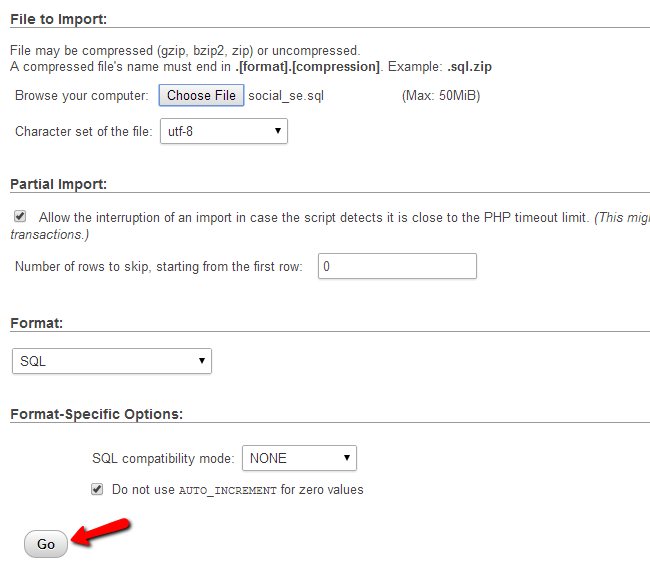How to Restore a Full Backup of SocialEngine
Updated on Dec 22, 2015
To restore a full backup of your SocialEngine website may be necessary if something went wrong and you want to get your website back to a working state. The actual process involves three steps and we will go through them for a better understanding.
Create a Backup
It is recommended to create SocialEngine backup, before making major changes on your website. This allows you to restore it to a fully operational state if something goes wrong.
The steps to restore a SocialEngine website are:
Step 1 Restore the Files
The first step is to upload the backup files of your SocialEngine website. This can be done using your favourite FTP client or directly via the File Manager service within your cPanel account. The important thing to consider is the location, where you will upload your backup files. Usually, this would be the public_html/ directory of your account if you wish to access your restored website via the primary domain of your account. However, if you are using a subdomain or a subfolder, make sure that you review the correct location first.
Upload Files
There are two ways of uploading your files to the server - using an FTP client, following our FTP tutorial, or uploading directly through your cPanel account > File Manager, following our cPanel tutorial.
Step 2 Restore the Database
The next step is to restore the database of your website. For that purpose, you need a clean new database set on your account and a user assigned to it with all privileges.
MariaDB Configuration
You can create a new database and a user assigned to it via cPanel. Simply follow our Database Wizard tutorial for information on that.
Once you have an empty database on your account, you will have to upload the backup of your SocialEngine database to the new one, just created above. To achieve that, once again access the home of your cPanel account. Locate the Databases section and then click on the phpMyAdmin service.

You will be presented with a list of all databases on your account. Choose the new one we have created and click on it.

The database will be empty, with no tables on it. Select the Import button at the top menu.

Select the dump backup file of your SocialEngine database from your local computer. Then click on the Go button to start the import.

Step 3 Link the Files and Database
Up until this moment, you will have a location on your account that contains the files of your SocialEngine backup. You will also have a new database, which has a backup of your SocialEngine database imported to it. Now, it is time to complete the whole restore process and link them together.
To complete that, you need to locate and edit the configuration file of your SocialEngine website. In it, you need to enter the values of the new database, the new user and the password it is using. Those details were created in the previous step so you make sure that you enter them correctly.
Configuration file
You need to edit the SocialEngine configuration file on your account and correct the details for your database. For details on that, we suggest reviewing our SocialEngine configuration file tutorial.
Once you complete that, simply access your website via your favourite web browser and it should load it normally.

SocialEngine Hosting
- Free SocialEngine Installation
- 24/7 SocialEngine Support
- Free Domain Transfer
- Hack-free Protection
- Fast SSD Storage
- Free Cloudflare CDN
- Free SocialEngine Transfer
- Immediate Activation